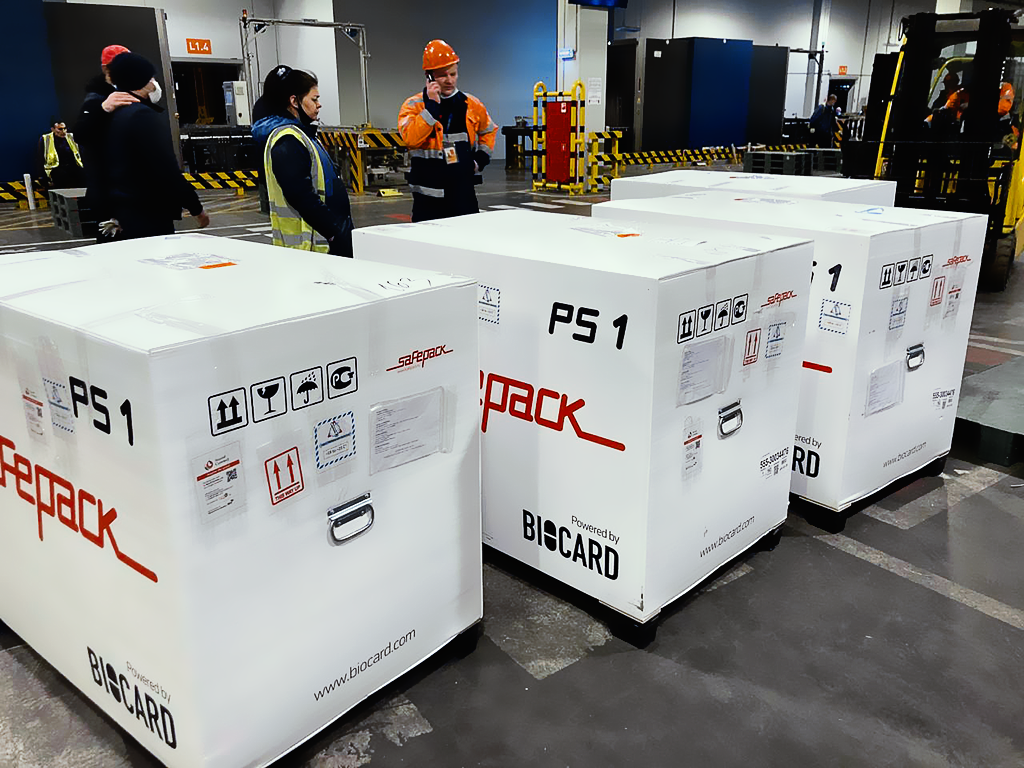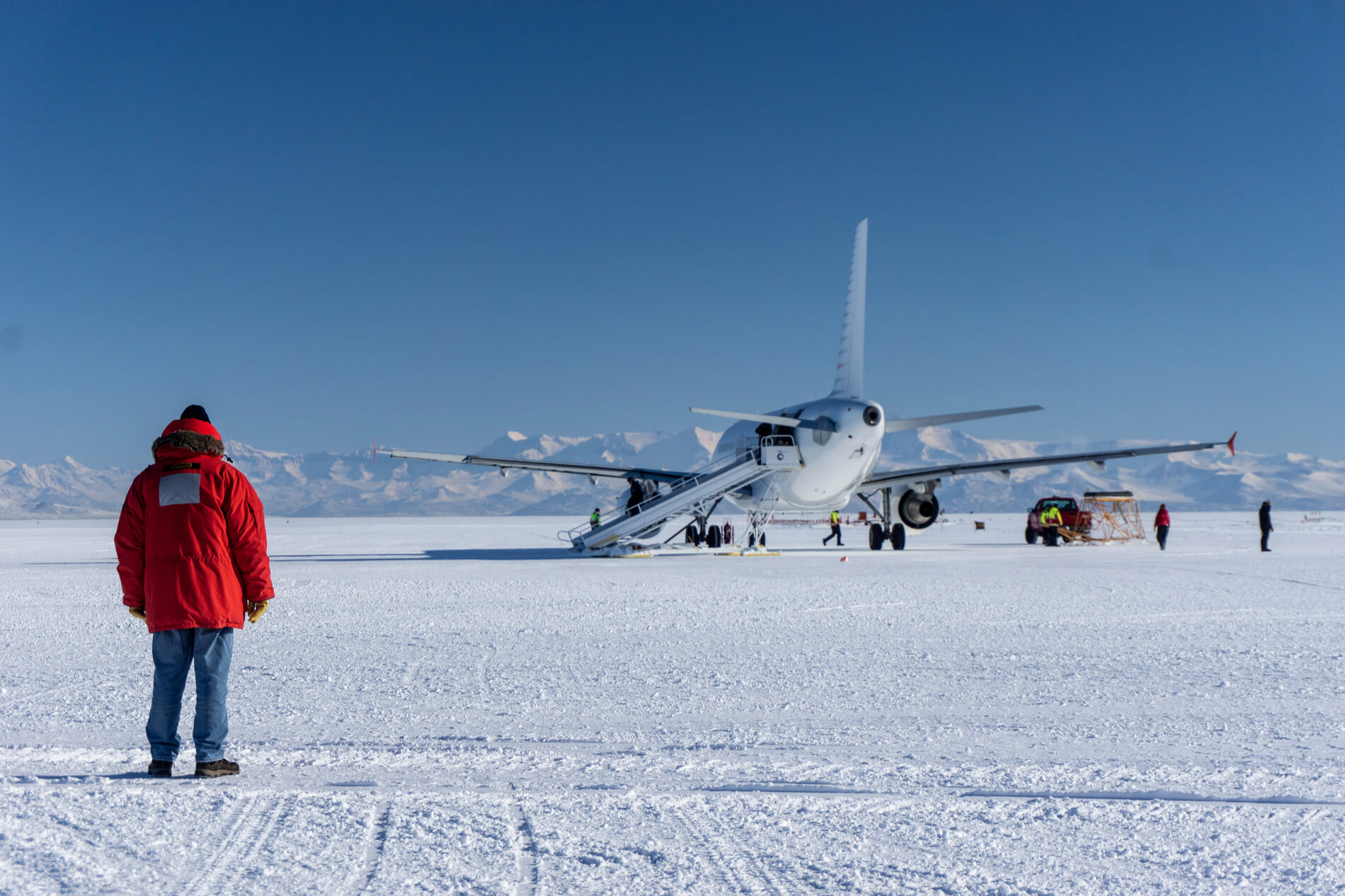The Russian vaccine Sputnik V successfully continues to expand its geography. The Russian Direct Investment Fund (RDIF) regularly informs about new countries that have allowed the use of the Sputnik V in vaccination against COVID-19. To date, more than 30 countries have approved the use of the Russian Sputnik V vaccine, including the majority of Latina American countries, many of which have not yet received vaccines under the COVAX mechanism, designed to ensure for developing countries access to the vaccine against the COVID-19.
Facing a similar challenge Serbia reached an agreement with Russia on the supply of 2 million doses of Sputnik V in early 2021 and has already received several vaccine supplies at its disposal.
The independent Russian company Nord Connect which has been operating on the market of international forwarding and logistics services for over 10 years, was directly involved in the delivery of the Sputnik V vaccine to Serbia. The company has successfully implemented a unique supply chain with end-to-end continuous temperature control, which is mandatory for the transportation of the Sputnik V vaccine.
Under instructions from the manufacturer any manipulations during the transportation and storage of the frozen liquid form of the Sputnik V vector vaccine should be carried out according to the “cold chain” principle using specialized equipment that provides a temperature regime of minus 18° C. To meet those requirements, Nord Connect entered into an exclusive agreement with Biocard, one of the best developers and manufacturers of thermal packaging on the market. The consignment of the Russian vaccine Sputnik V was carefully packed in SafePack passive refrigeration containers with ice-packs capable of maintaining the required temperature regime for more than 10 days and delivered to the final consumer in Serbia.
In the next few years, the global logistics industry will have to ensure the delivery of about 10 billion doses of vaccine (according to the industry leader – the German concern Deutsche Post DHL located in Bonn). The International Air Transport Association (IATA) has already called the upcoming vaccine distribution worldwide “the largest and most complex logistics operation ever.” And the major challenge is not the scope of supply, but, as mentioned earlier, the special conditions of storage and transportation – at low and ultra-low temperatures. For Sputnik V it is minus 18° С. Other vaccines require much lower temperatures: from minus 70° С to minus 80° С.
Therefore, under the strict confines of the pandemic, the more valuable are the successes of small but constantly developing logistics companies like Nord Connect which is committed to long-term and fruitful cooperation with foreign consumers of the vaccine. A wide company’s network of agents allow the delivery of the vaccine to the most remote locations in the world.
The LACRUS project, for its part, is the main partner of Nord Connect in Latin America. LACRUS provides consulting services on a wide range of issues in the commercial, technical and expert spheres, including support in negotiations with the Russian Direct Investment Fund (RDIF) on the purchase of small and average batches of the Sputnik V vaccine.

